Tears For Fears on “The Hurting”
Tears For Fears 1983 debut album The Hurting is reissued this week as a two-CD deluxe edition and a 4-disc box set. Earlier this year we put some questions to Roland Orzabal and Curt Smith about the making of the album. Here’s what they had to say…
SuperDeluxeEdition: Graduate had a very different sound to Tears For Fears and The Hurting – were you keen to move on and doing something more ‘new wave’?
Curt Smith: We knew we didn’t want to be in a band anymore.
Roland Orzabal: Yes. We were acutely aware of the new electronic movement. I remember listening to the Radio One chart run down with Curt, and when they announced that Tubeway Army was number one with Are Friends Electric?, we both looked at each other and knew we had to change. That change didn’t really occur until a lot later: once we’d left Graduate and became a duo; the new direction was obvious.
SDE: Describe the song writing process – did Roland general turn up with completed or semi-completed demos?
Curt: Most of the time Roland would turn up with a completed or semi-completed song, then we’d demo them together.
Roland: Almost every song was written by me on acoustic guitar with the exception of Memories Fade which was written on Ian Stanley’s JP4. We were very lucky to meet Ian – he gave us the opportunity to demo, at his home studio, songs such as Pale Shelter, Change and Mad World.
SDE: When were most of the songs written?
Roland: I’d say, early 81 to 82.
SDE: Did you have any reservations at all about releasing singles such as Suffer The Children with rather ‘dark’ lyrical content – did you have conversations at the time about ‘what was commercial’?
Curt: No. We honestly weren’t trying to be commercial at that age, we were trying to convey a message.
Roland: No reservations – that’s what we were about. We had embraced a philosophy called Primal Theory (from Arthur Janov’s book Primal Scream) and believed that the child was essentially a victim, born a blank slate, and that the traumas of childhood were a major influence on one’s character. I mean, some of that I still believe but having had kids, I’m not sure about the blank slate bit.
SDE: You had the songs from fairly early on, but could you describe the challenges in terms of finding a consistent ‘sound’ for what would become and The Hurting.
Roland: I [would] refer to [Peter Gabriel’s third album] Gabriel 3: we were pretty adamant about the no hi-hats, no cymbals rule, plus we wanted that ambient drum sound. Add to that our use of the Roland CR78 drum machine (thanks to Ian) and you have pretty much the sound.
Curt: I’m not convinced it was any conscious decision. It was normally a battle between us, the record company and our producer. All of the latter wanted the commercial side more prominent, whilst Roland and I fought for content.
SDE: [Keyboard player] Ian Stanley seemed to play a pivotal role in the sound of The Hurting – is it over simplistic to say that he brought ‘technology’ to the table?
Curt: Ian was a big part of the initial phase of The Hurting, but wasn’t as involved in the final recording process. He actually played a more pivotal role on Songs From The Big Chair. Having said that, he was the person that really taught us the nuts and bolts of technology and recording.
SDE: Although The Hurting contains lots of synths and programming, it has aged particularly well compared with other eighties’ albums – what do you attribute this to?
Curt: The thing we always fought for – subject matter.
Roland: [Producer] Ross Cullum’s exacting techniques and the raw, adolescent, and universal emotion of the songs.
SDE: While recording the album, were you careful to make sure you’d be able to play the songs live, or was that not really a consideration?
Curt: Not really. With technology you can always manage.
Roland: No, we knew were doomed to perform with a ReVox side stage playing the sequences, something we did up until the Seeds Of Love tour.
SDE: Describe your attitude to B-sides and non-album material – it seems to offer you the freedom to be more quirky and experimental…
Roland: Yes. B-sides were always fun and a chance to make more off-the-wall music, be indulgent etc. But it might be worth noting that Mad World was originally put forward as a B-side to Pale Shelter. It was [A&R man] David Bates at Polygram who thankfully put an end to that idea. He picked it as the next single.
Curt: B-sides were freedom for us. We did them ourselves and experimented a lot. It took us away from the confines of making an album for a major label.
SDE: Do you wince at the term ‘concept album’ being used in reference to The Hurting, or is that a fair way to describe the record?
Curt: It’s what it was intended to be, so no wincing here!
SDE: Given the subject matter, is there any pain in revisiting these songs night after night when you perform them on stage?
Roland: Well, the songs from The Hurting we still perform live give me great pleasure, but there are songs I would find difficult to sing now, like Suffer The Children. It’s not so much the emotion but it’s the naivety of how the song was written. A song like Memories Fade still stands up because of the depth of the lyric.
Curt: I wouldn’t say pain. I would say that some of the emotions don’t resonate now but that’s just a part of growing up. I’m still very proud of the album.
SDE: Do you still believe in Primal Therapy as a way to deal with early childhood trauma? Do either of you practise this now?
Curt: I believe that it certainly has some validity, but it also has many flaws. Most of these I discovered when I became a parent.
Roland: I believe in therapy as a way for people to mourn the past or, indeed, those who have passed. I did Primal Therapy for five years and have very positive feelings and memories about it. I had great therapists, it was a great time in my life and it coincided with the making of Seeds Of Love. It was when my first child was born that I no longer felt the need to purge.
SDE: Is it true you met Arthur Janov in the mid-eighties? Did the man live up to how you had perceived him?
Roland: Yes, we met Janov. He came to one of our shows in London during the Big Chair tour.
Curt: When he asked if we’d write a musical about Primal Theory I lost the plot a little.
Roland: Needless to say, we turned the offer down. Big character, I guess you’d have to be; he was a kind of guru, but that’s not what real therapy is about.
SDE: What were you expectations for The Hurting, both commercially and artistically?
Roland:We were very surprised by how successful Mad World became. We never really saw it as a hit. Obviously, following that, it was no surprise when The Hurting got to number one and that other hits followed.
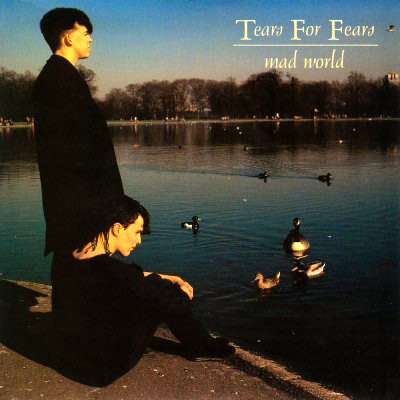
SDE: Is The Hurting your most complete or successful artist statement?
Curt: I think it’s an important one and it certainly resonates with a lot of people. As far as “most complete or successful” I’d say no. The joy of it was that it crossed over to commercial. There are many things we’ve done under the radar that are more complete.
Roland: It’s a very consistent album with its own distinct personality. I’m not sure if we’ve made a more emotional record since, but I’d like to think we’ve hit higher musical peaks.
SDE: There’s talk of possible live dates. What would be the challenges of playing The Hurting live these days?
Curt: I don’t think there will be any musical challenges. We’re better musicians now. The challenge would be channelling our 21 year old angst.
Roland: Playing live nowadays is so much easier. A lot of that is down to technology: in-ear monitors, computers etc. But it’s also down to having done the job for so long: you do actually improve. I’m not sure if I enjoyed playing live back then; having just one album’s worth of material makes for a very tedious time.
SDE: Was live performance important to you in 1983, or were you happier in the confines of a studio?
Curt: Much happier in the confines of a studio. It’s only been in the last 10 or 15 years that I’ve really embraced live playing.
Roland: We were home bunnies and very much happier in the studio!
SDE: Memories Fade is a memorable track from the album…
Roland: Written on Ian Stanley’s JP4 using one of the preset sounds (if I remember correctly) – a kind of electronic wah-wah-wah. I remember spending a long time on the lyrics because there’s not much to the song itself, but it’s a very Janovian (can I use that word?) sentiment.
SDE: The new 30th anniversary reissue also sees the CD debut of Wino – possibly the most un-Tears For Fears sounding song in your canon – what’s the story behind this track?
Roland: Oh dear. Can we take that one off?
SDE: The box set edition of the reissue has a CD made up largely of radio sessions – John Peel and David Jensen. What are your memories of doing these shows and did you enjoy these sessions?
Roland: All I remember is during the recording of both The Prisoner and Ideas As Opiates, the producer (Dale Griffin) stopped the tape thinking I’d played the wrong chords. I had to explain that they were just discordant chords and that once the vocals went on, it would all make sense.
SDE: Did anything from The Hurting-era get held back from Songs From The Big Chair or just left on the shelf?
Roland: Not that I recall.
SDE: How involved did you get with the making of the twelve inch remixes?
Roland: Very much. They were just a chop up of the original single and instrumental versions.
SDE: Curt ended up singing on all three singles from The Hurting – how would you decide who would sing which song?
Roland: Simply by who sounded the best. Again, it’s coincidence that those songs became the hits, although I must say, I was very glad to be more in the background.
SDE: Mad World has become elevated from the other songs on the record, thanks to the Michael Andrews/Gary Jules cover. How did this cover and the TFF content in Donnie Darko – affect you, if at all?
Roland: I remember receiving a fax from my publisher asking if I would sign off on the use of Mad World for a film called Donnie Darko – there was a brief plot description and I noticed that Drew Barrymore was one of the producers. That was good enough for me. I then completely forgot about it until a friend brought over the sound track from America. She played me Gary and Michael’s version and I was blown away. I had never imagined it being arranged like that. A lot of people think we got back together and recorded a new album on the back of the success of that track. It’s not true: we had already been signed by Arista and were very deep into the recording of Everybody Loves A Happy Ending. It’s just a very lucky coincidence and, of course, rekindled interest in us, pushing our greatest hits record back into the UK top 40.
SDE: Tell us something about The Hurting that you’ve never told anyone before?
Roland: We stole the opening drum sound from the Band Aid single. No, actually, it was the other way round.
The Hurting 3CD+DVD box set is out now.
Like SuperDeluxeEdition on Facebook for all the latest news and reviews on deluxe reissues and box sets!
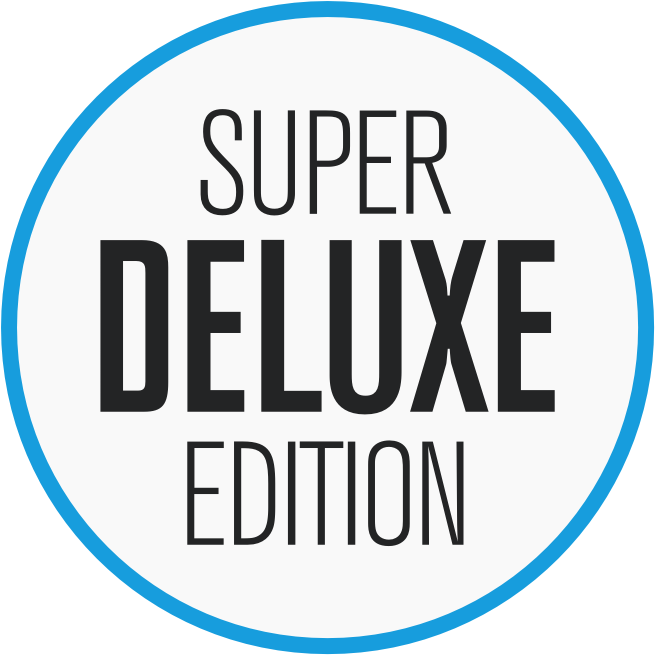
 Interview
Interview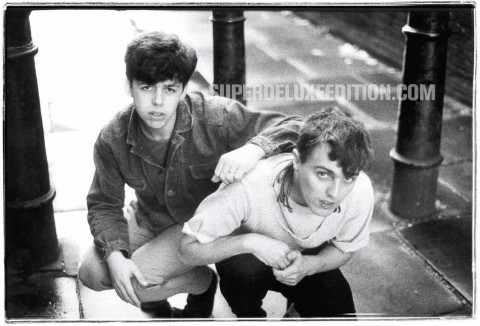
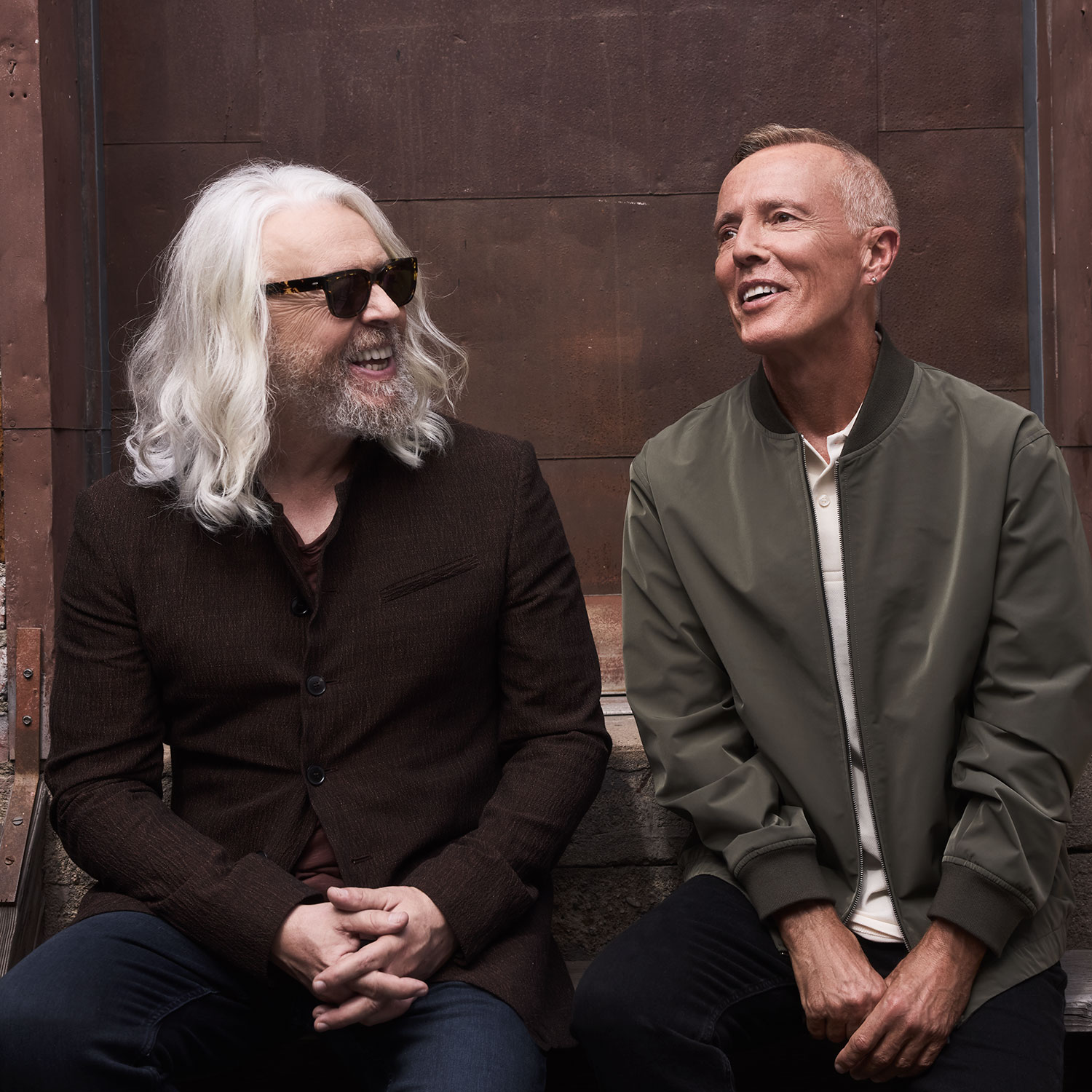
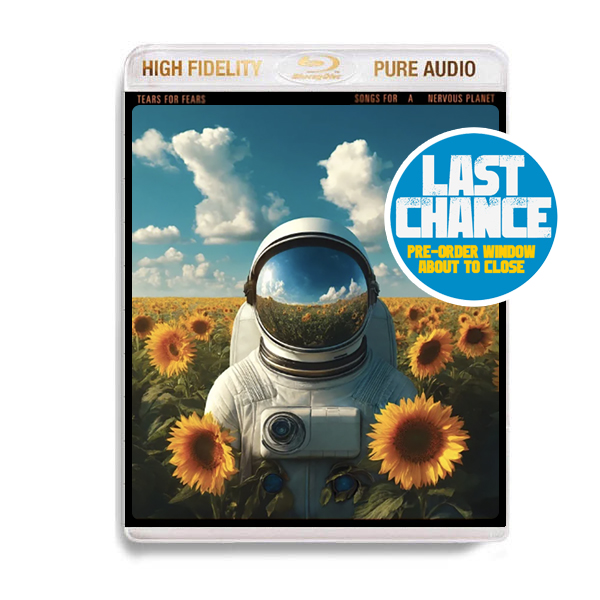
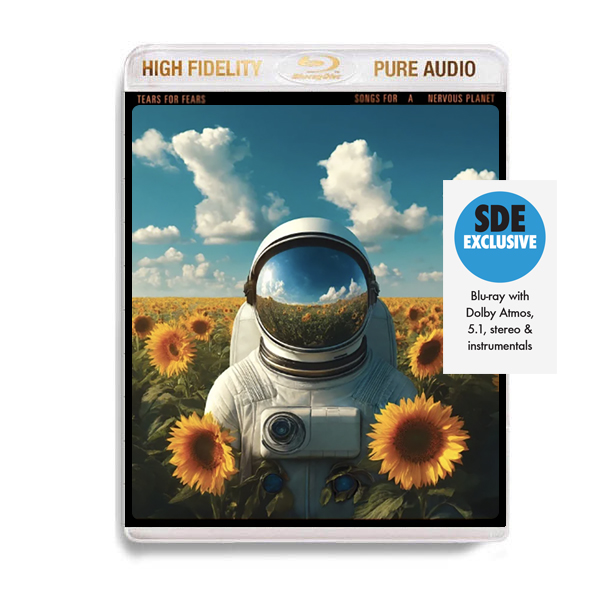
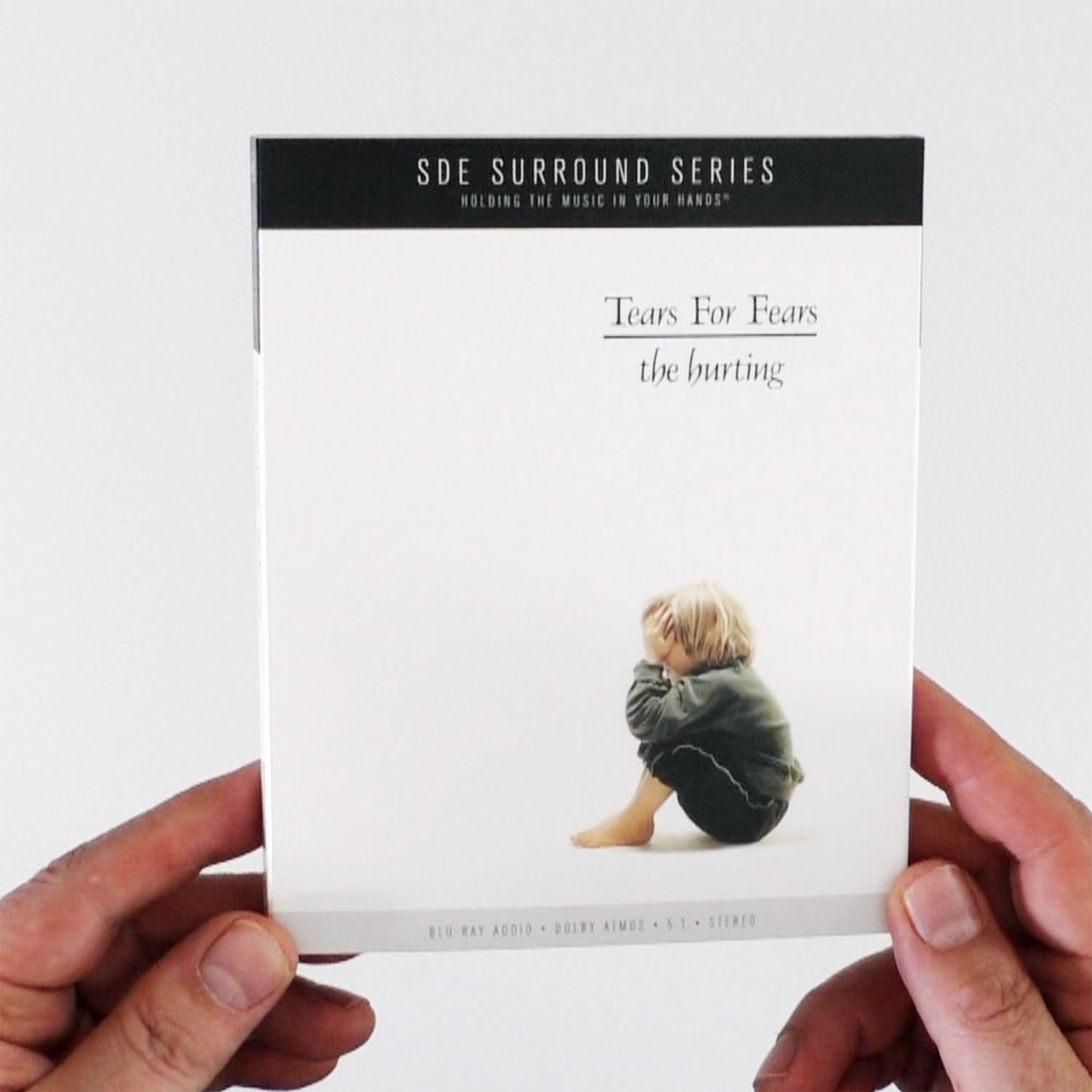
 SDEtv
SDEtv
By Paul Sinclair
41